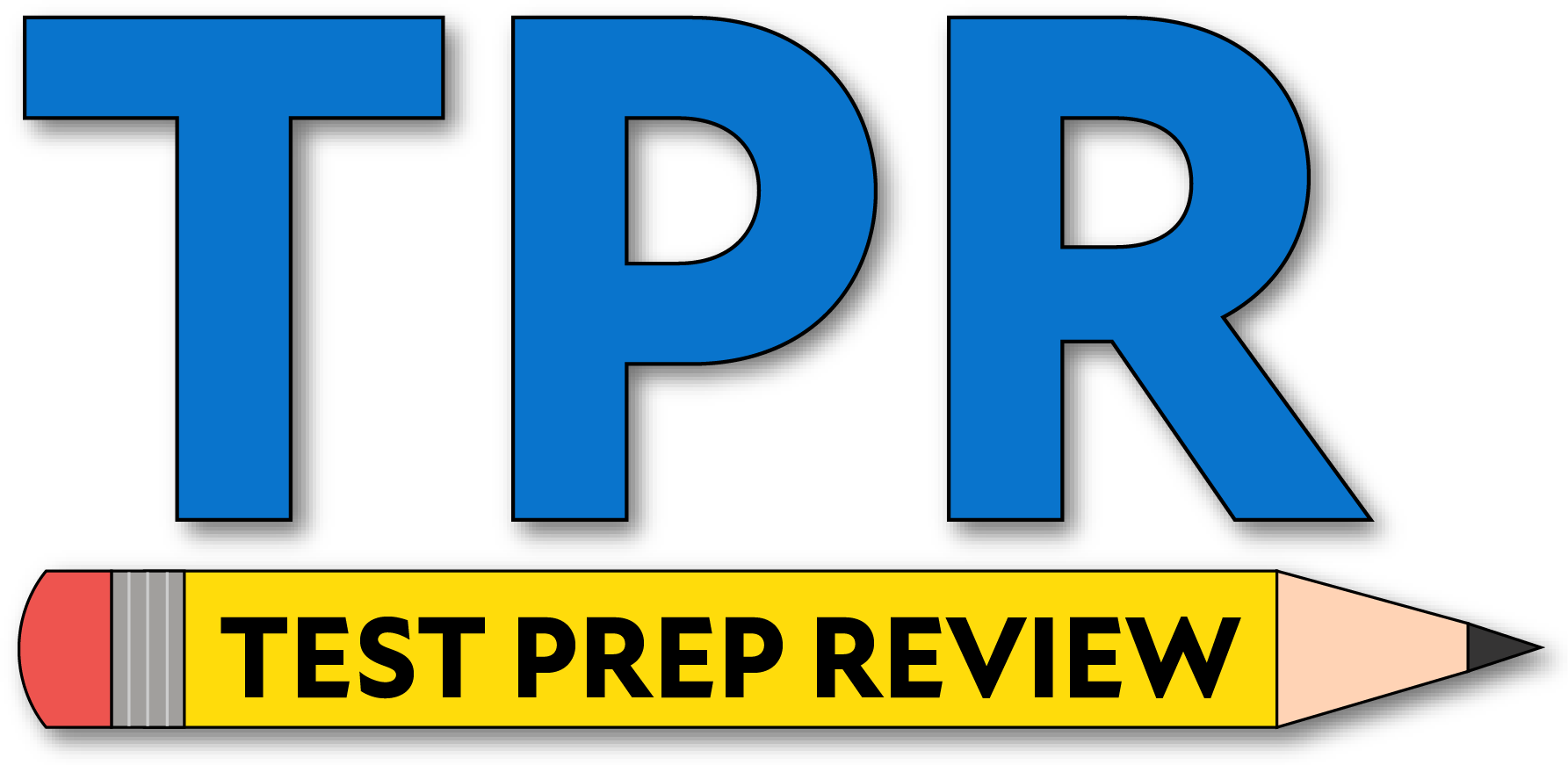- During which phase of mitosis do the chromosomes line up?
- Telophase
- Anaphase
- Metaphase
- Prophase
In metaphase, spindle fibers from opposite centrosomes attach to the kinetochores and align the duplicated chromosomes along the cell’s equatorial plane (the metaphase plate). This precise alignment ensures that, in the next phase, each daughter cell receives one copy of every chromosome.
- Which cellular organelle contains enzymes that are considered digestive?
- Golgi apparatus
- Lysosomes
- Nucleus
- Ribosomes
Lysosomes are membrane-bound organelles that contain acid hydrolases capable of digesting macromolecules, pathogens, and worn-out organelles. They support cellular cleanup (autophagy) and defense, maintaining homeostasis by recycling components.
- What process do organs go through to repair themselves?
- Meiosis
- Mitosis
- Cellular differentiation
- Transformation
Organs repair themselves primarily through mitosis. Local stem or progenitor cells divide to produce genetically identical daughter cells that replace damaged or lost cells, restoring tissue structure and function.
- Which of the following is considered a model for enzyme action?
- Lock and key model
- Enzyme interaction model
- Transformation model
- Transcription model
The lock and key model states that an enzyme’s active site is complementary in shape to its substrate, explaining why enzymes act on specific substrates. This specificity underlies efficient catalysis.
- Which of the following statements about enzymes is NOT true?
- Enzymes are catalysts.
- Most enzymes are proteins.
- Enzymes operate most efficiently at optimum pH.
- Enzymes are destroyed during chemical reactions.
Enzymes function as catalysts. They lower activation energy and are not consumed by the reactions they catalyze, so they can be reused. Most enzymes are proteins, and each has an optimal pH range that supports maximum activity.
Therefore, the statement that enzymes are destroyed during chemical reactions is the one that is not true.
- Which of the following statements about prostaglandins is NOT true?
- Prostaglandins promote inflammation.
- Prostaglandins can only constrict blood vessels.
- Prostaglandins are made in the renal medulla.
- Prostaglandins can lead to pain and fever.
The claim that prostaglandins can only constrict blood vessels is not true. Depending on the specific prostaglandin and the tissue, they can cause vasodilation or vasoconstriction. Prostaglandins are locally acting lipid mediators involved in inflammation, and they can contribute to pain and fever. They are synthesized in many tissues, including regions of the kidneys such as the medulla.
- What does LDL (cholesterol) stand for?
- Low-density lipoprotein
- Low-density lysosome
- Level-density lipoprotein
- Level-density lysosome
LDL stands for low-density lipoprotein, which transports cholesterol from the liver to peripheral tissues. Elevated LDL levels are associated with an increased risk of atherosclerotic cardiovascular disease.
- Hardening of the arteries is known as…
- Arteriosclerosis
- Venous stenosis
- Micro-circulation
- Hypertension
Arteriosclerosis is the general term for hardening and loss of elasticity of arterial walls. Venous stenosis affects veins, micro-circulation is a vessel network description, and hypertension is high blood pressure rather than arterial hardening.
- Breathing properly requires the presence of what compound that affects surface tension of alveoli in the lungs?
- Potassium
- Plasma
- Surfactant
- Sodium chloride
Pulmonary surfactant, secreted by type II alveolar cells, reduces surface tension within the alveoli. Lower surface tension prevents alveolar collapse, making inflation easier during inhalation and improving gas exchange.
- Which of the following is NOT considered a function of the kidneys?
- Secretion
- Reabsorption
- Transport
- Filtration
The classic renal processes are filtration, reabsorption, and secretion. Filtration occurs at the glomerulus. Many solutes and water are then reabsorbed back into the blood, and additional wastes can be secreted into the tubule. The term transport is too general and is not listed as one of the primary renal processes.
- Which of the following is known as the functional unit of the kidneys?
- Medulla
- Glomerulus
- Pyramid
- Nephron
The nephron is the functional unit of the kidney. Each nephron includes a renal corpuscle (with the glomerulus) and a tubular system. Together, these structures filter blood, adjust solute and water content, and ultimately produce urine.
- Which anatomical structure connects the stomach and the pharynx?
- Trachea
- Spinal column
- Hepatic duct
- Esophagus
The esophagus is the muscular tube that connects the pharynx to the stomach and moves food by peristalsis. It is part of the digestive tract between the throat and the stomach.
The trachea is part of the respiratory system, the spinal column is skeletal, and the hepatic duct carries bile, not food.
